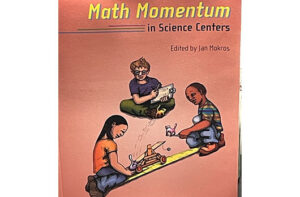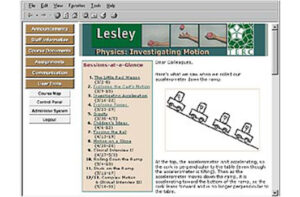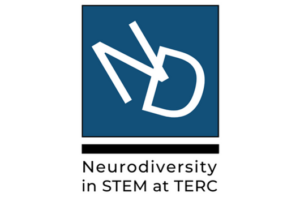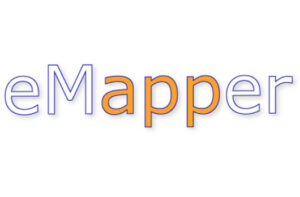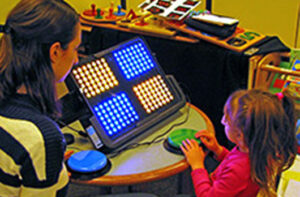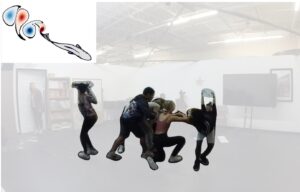Work-Based Curriculum to Broaden Learners’ Participation in Science: Insights for Designers
Anushree Bopardikar, Debra Bernstein, Brian Drayton and Susan McKenney
Research in Science Education (2018), pp 1–29
Summary
Around the globe, science education during compulsory schooling is envisioned for all learners regardless of their educational and career aspirations, including learners bound to the workforce upon secondary school completion. Yet, a major barrier in attaining this vision is low learner participation in secondary school science. Because curricula play a major role in shaping enacted learning, this study investigated how designers developed a high school physics curriculum with positive learning outcomes in learners with varied inclinations. Qualitative analysis of documents and semistructured interviews with the designers focused on the curriculum in different stages—from designers’ ideas about learning goals to their vision for enactment to the printed materials—and on the design processes that brought them to fruition. This revealed designers’ emphases on fostering workplace connections via learning goals and activities, and printed supports. The curriculum supported workplace-inspired, hands-on design-and-build projects, developed to address deeply a limited set of standards aligned learning goals. The curriculum also supported learners’ interactions with relevant workplace professionals. To create these features, the designers reviewed other curricula to develop vision and printed supports, tested activities internally to assess content coverage, surveyed states in the USA receiving federal school-to-work grants and reviewed occupational information to choose unit topics and career contexts, and visited actual workplaces to learn about authentic praxis. Based on the worked example, this paper offers guidelines for designing work-based science curriculum products and processes that can serve the work of other designers, as well as recommendations for research serving designers and policymakers.
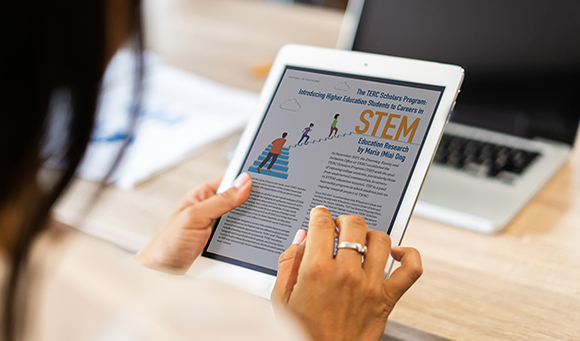
Related People:
Anushree Bopardikar, Debra Bernstein, and Brian Drayton


